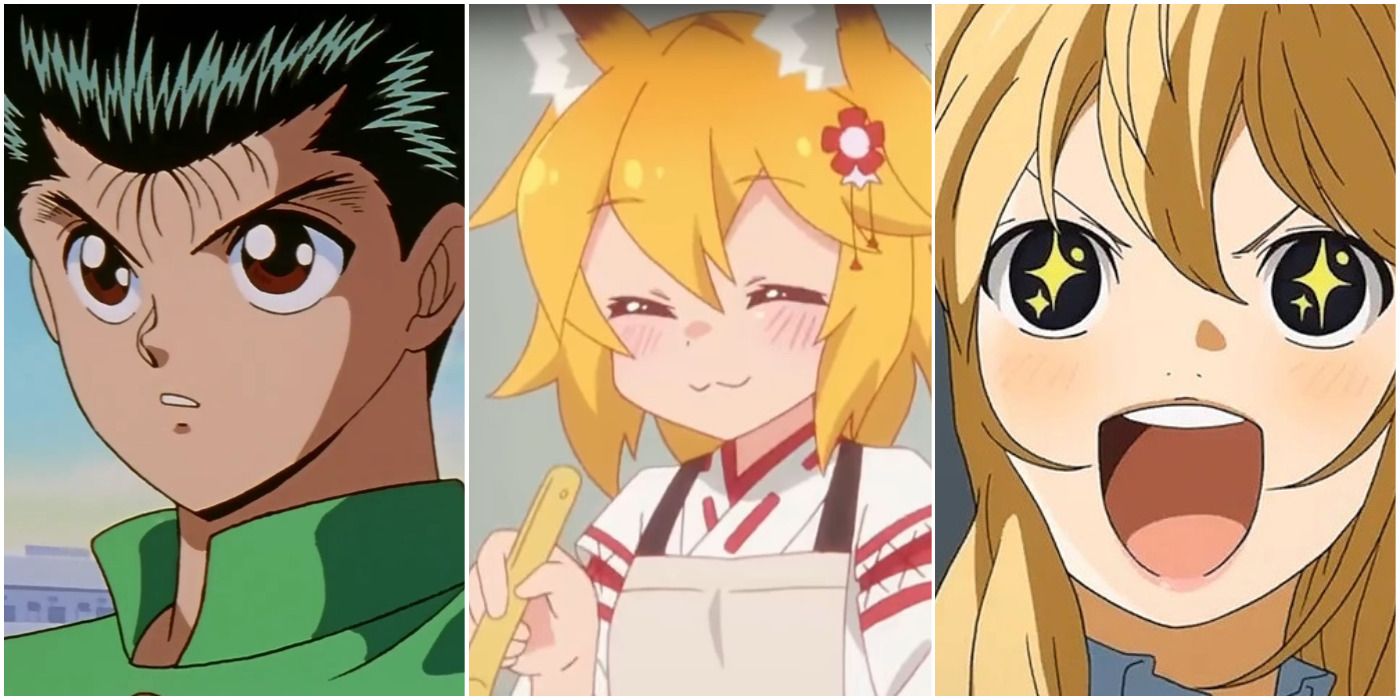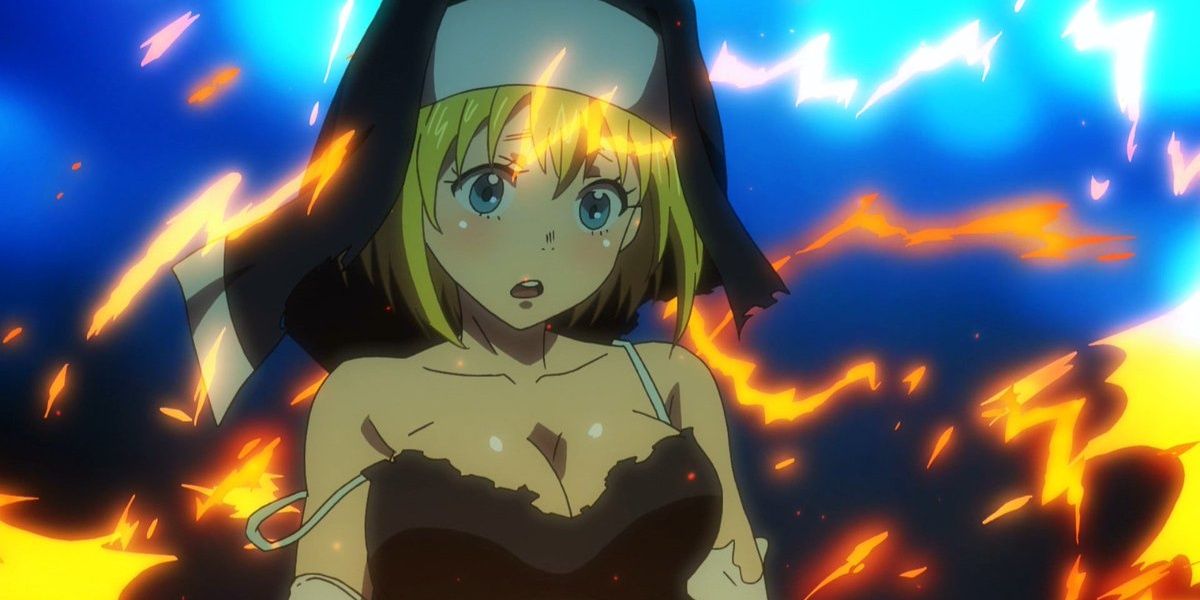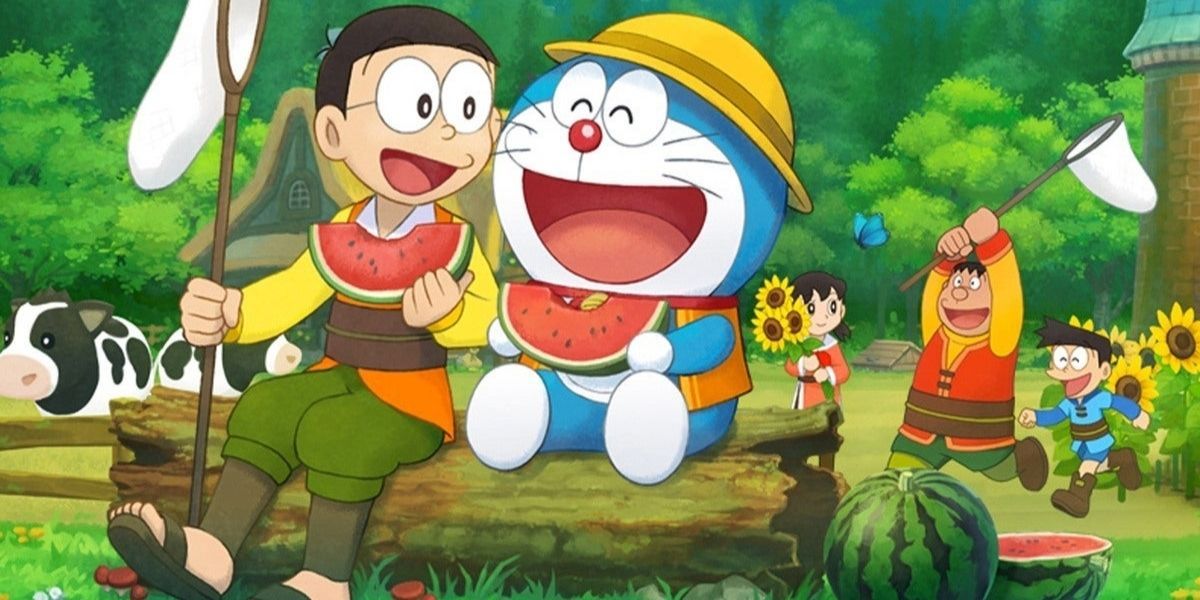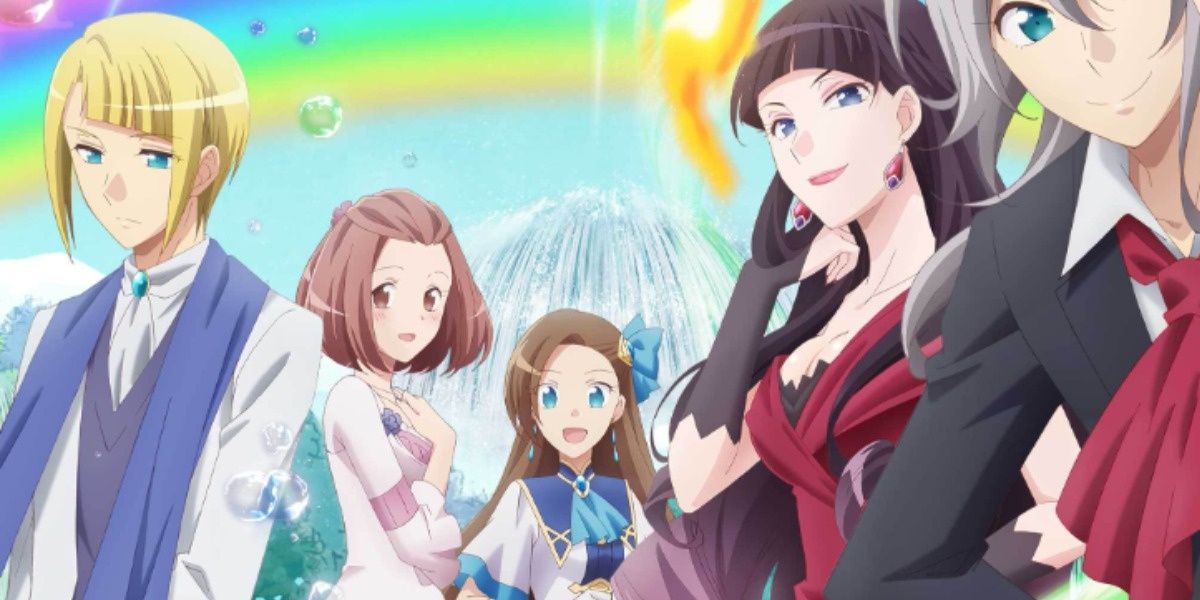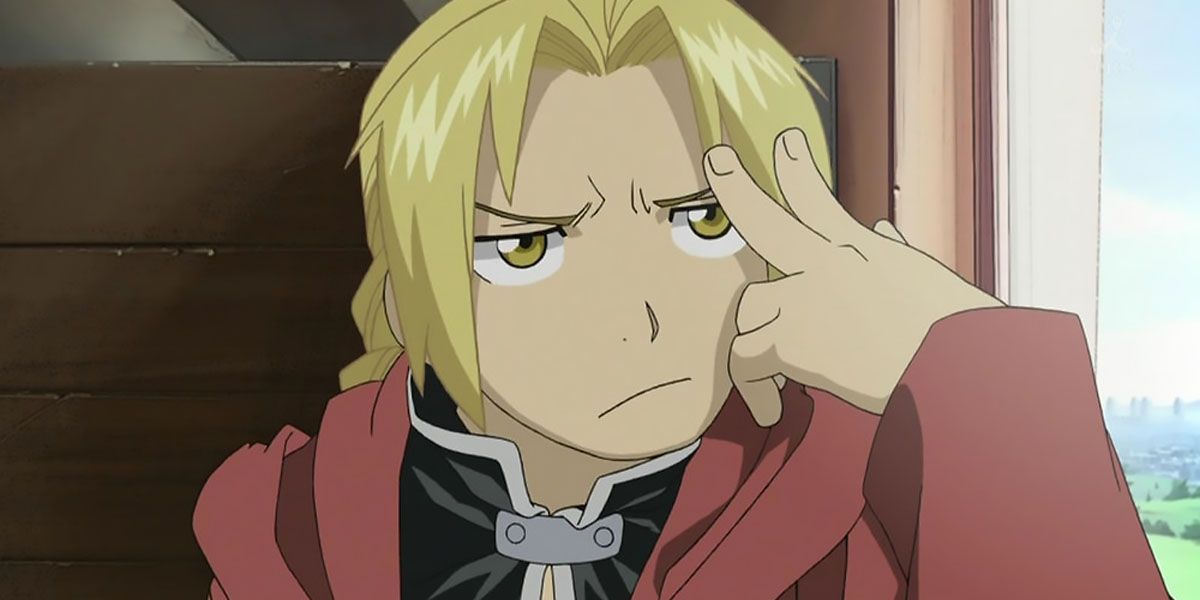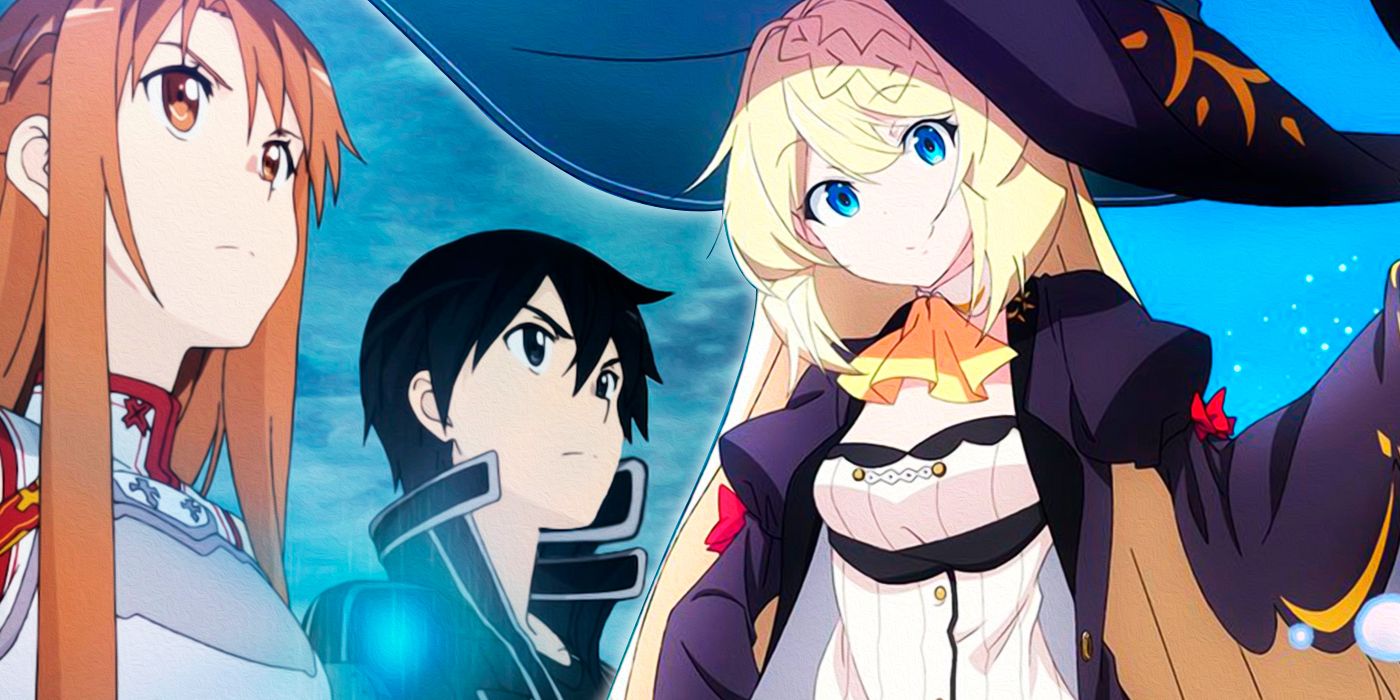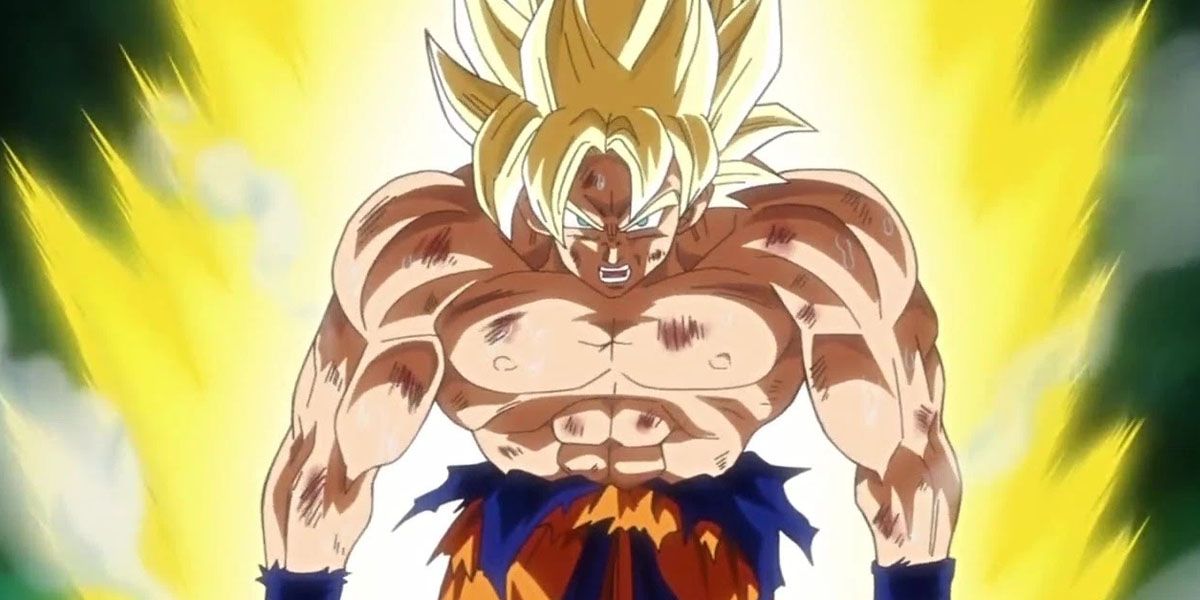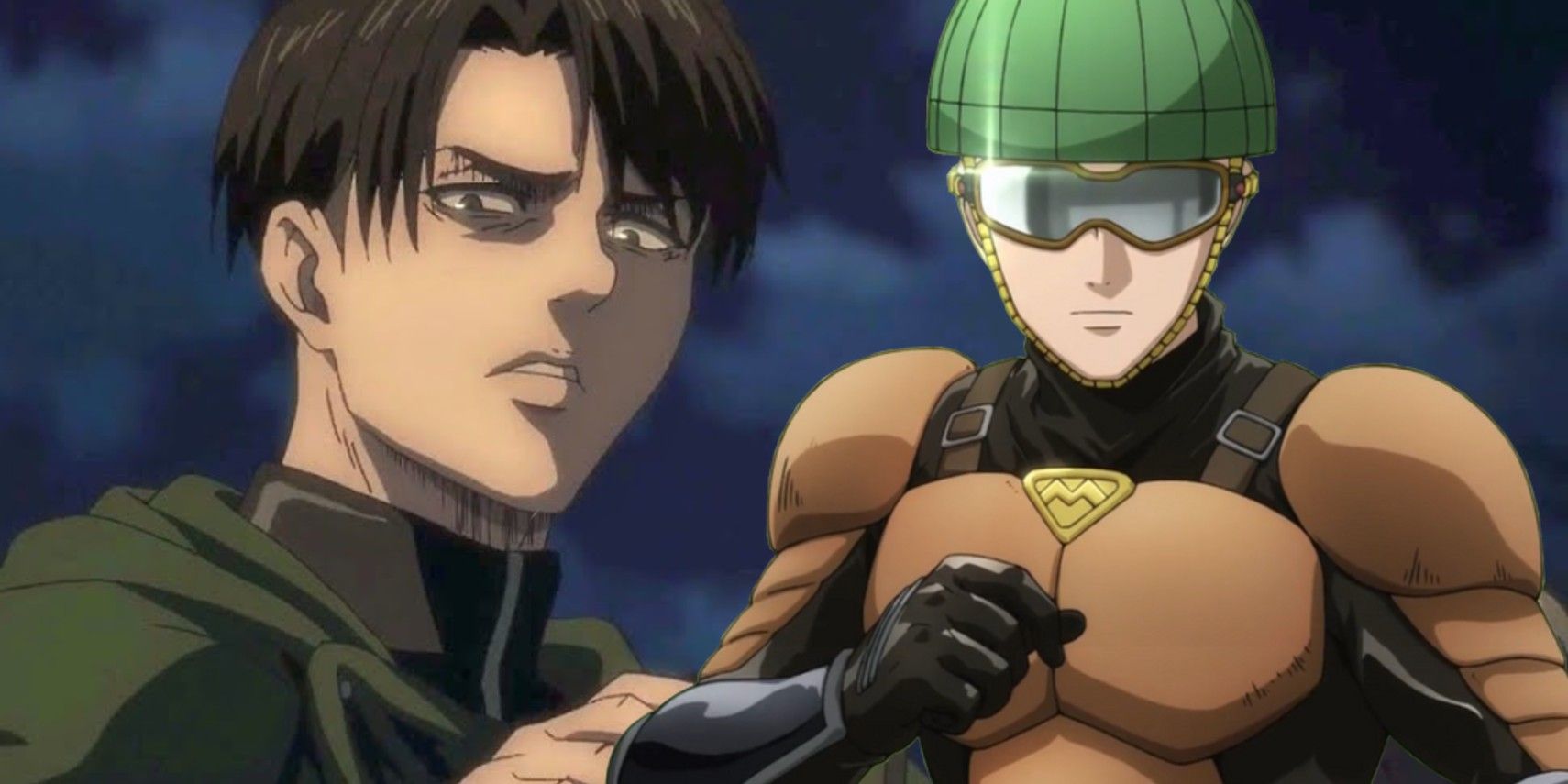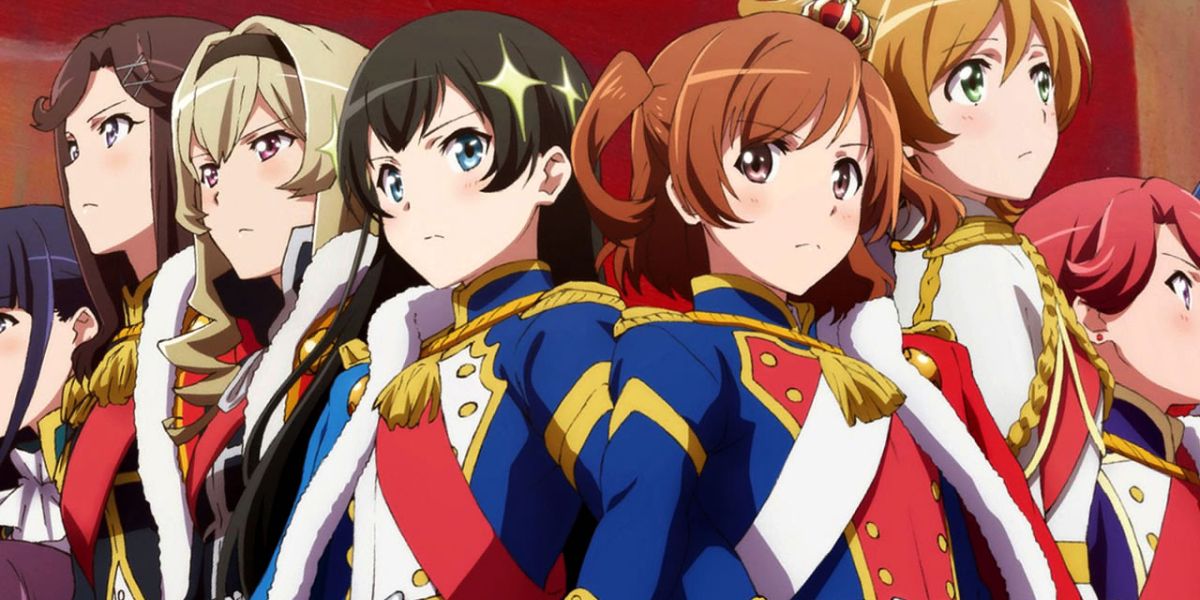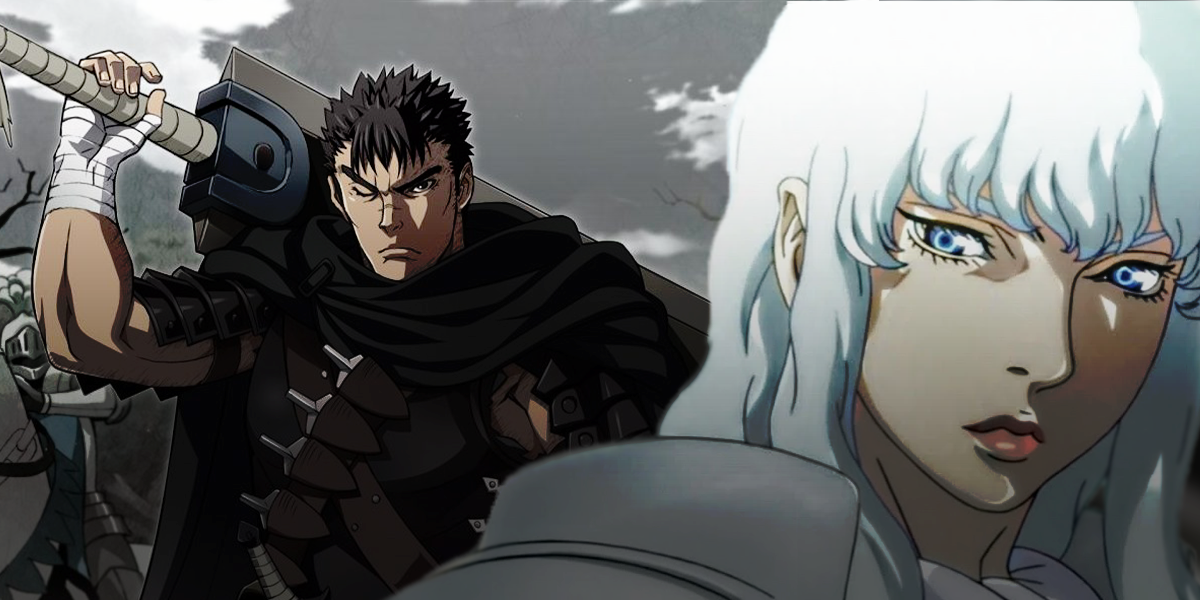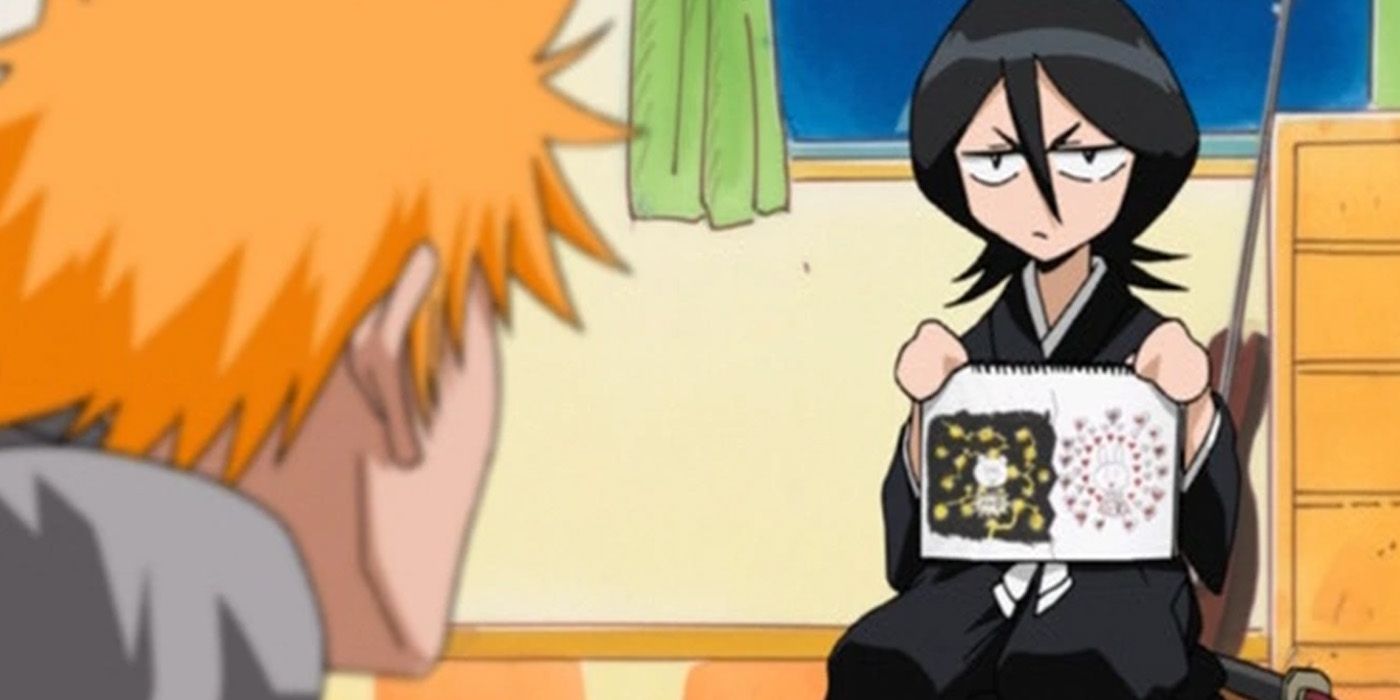Japanese animation dates back to at least the 1950s, and the world of anime has grown exponentially since the days of Astro Boy and Speed Racer. By now, there are hundreds of series, long and short, of all genres. In the modern era, anime has spread across the globe, and anime is actually a bigger deal in some nations than it is in Japan itself.
This level of cultural exchange can be quite enriching for fans of pop culture, with Pokémon being a major example, since it has been aired in every corner of the globe. Still, many non-fans might have some misconceptions about anime as a whole, and get the totally wrong idea about what anime is, and what it isn't. Some false impressions need to be cleared up.
10 "Anime Is All Fan Service"
It's true that fan service is a fairly common phenomenon in anime, though some series use much more of it than others, and many don't use fan service at all. And this concept isn't even unique to anime; eye candy is all over mass media, and it's not going away anytime soon.
Some series, such as ecchi or harem anime shows, use more fan service than average, and some do it more tastefully than others. But it's a bit unfair to suggest that all anime shows rely heavily on PG-13 eye candy to draw in viewers.
9 "Anime Is Only For Children, Since It's Like Cartoons"
Just because a movie or TV show is animated does not necessarily mean it's intended for children only. Animated shows and movies can be quite serious and R-rated at times, and will appeal more to older viewers than younger ones. This is true for Japanese anime and Western media alike.
It should be noted that some anime series really are geared for kids, such as Doraemon, a long-running show about an earless robot cat. Most other anime covers a wide spectrum of maturity and intended audiences, all the way from Pokémon to Demon Slayer to Vinland Saga.
8 "Anime Is Style Over Substance"
This applies more to some animated series than others, and indeed, fiction of any type may end up being more style than substance. But this is hardly a universal rule for anime. While these shows are renowned for their glitzy visual styles, this fancy exterior isn't necessarily hiding a lack of content underneath.
Many anime series get it both ways, featuring dazzling animation and solid writing with relevant themes, which can make a series truly legendary. Anime is flashy, but that fact isn't necessarily compensating for anything.
7 "Anime Has Nothing To Do With The Real World"
Some stories are sheer escapism, and some anime series are that way, too. But not all of them are. Many animated series are set in the real world and explore real-life history and themes, and even include historical figures. Vinland Saga is set in medieval Europe, while Fullmetal Alchemist: Brotherhood is packed with allusions to real-life history, especially where Germany is concerned.
Whether or not these anime series are set in the real world, they often have themes and allegories that are quite relevant to real people and real-life issues, and that can make anime highly compelling. Like with any work of fiction, it is the choice of the individual story whether it's realistic or not.
6 "Anime Is Almost Entirely Clichés & Tropes"
This is more true for some series than others, and any genre will have its own fair share of clichés, tropes, conventions and other familiar elements, from blockbuster action movies to romance novels and horror. Anime gets its share of that too, but not universally.
Many misconceptions of anime are overgeneralizations of the quirks of the anime world, and that includes the numerous clichés, from the "cute witch girl" character type to guys getting into trouble at the women's side of the bathhouse. It happens, but not necessarily that often, and the best-rated series are adept at dodging clichés and coming up with something new.
5 "Anime Is Mostly For Dragon Ball Z Fans"
Pokémon is arguably the most well-known and obvious example of anime, but Akira Toriyama's Dragon Ball franchise isn't far behind, and people outside the anime community might get the impression that most anime series are simply DBZ clones.
While the Dragon Ball franchise is indeed influential, plenty of series are totally different from it, including those outside the shonen genre, which is Dragon Ball's home genre. If newcomers to anime aren't interested in DBZ-style shows, they still have a vast wealth of content to choose from.
4 "Anime Is Just A Passing Fad"
Given the age of the anime industry and its healthy growth, it is clear that the opposite of this misconception is true. A single person might have their own anime phase and be done with it after a time, but as a whole, anime is here to stay. It's not just a passing fad of a given year or even decade.
Anime is growing in every sense: global appeal, number of viewers, genres, themes, quality of animation, media tie-ins (such as board games), and more. No one is required to like anime, of course, but they are bound to see more and more of it around them.
3 "Anime Is For Lonely Geeks & Outcasts"
By now, anime is quite prominent all over the globe, and it's not something for fans to be closeted about. In fact, the same could be said of pop culture as a whole. Comic book fans used to be shunned as "losers" or "nerds," but now it's so mainstream that teasing people for liking comics doesn't make any sense.
To an ever-increasing degree, the same is true of anime fans, and many smart, successful people enjoy it. Even some celebrities are known to like anime: Robert Downey Jr. loves Pokémon, and Michael B. Jordan is a noted Naruto fan.
2 "Anime Is Tame"
Those outside the anime community might see titles such as Pokémon and think that most anime is tame, G-rated fare for kids, but that is not so. Not only can anime appeal to older viewers, but some anime shows and manga volumes are intended primarily for older viewers due to their R-rated content.
This is especially true for seinen stories, such as Kentaro Miura's Berserk, Makoto Yukimura's manga Vinland Saga, and the action/thriller series Black Lagoon, featuring crime, drugs, shootouts, cursing, drinking and more.
1 "Anime Has Too Much Comic Relief"
How much humor is enough? That will vary from show to show, and pop culture fans will all have their own preferences on this. Some people might get the impression that anime relies too heavily on comic relief to keep viewers engaged, similar to how they might think anime relies too much on fan service.
Some anime shows are strictly comedy, while others balance their darker tones with comedy, such as Bleach and One Piece. It might be said that anime has more humor pound for pound than most Western shows or movies, but that's not always the case, and even when it is, that isn't necessarily an issue. Anime humor can be quite creative and thoughtful, and the amount included simply depends on what the story calls for.

